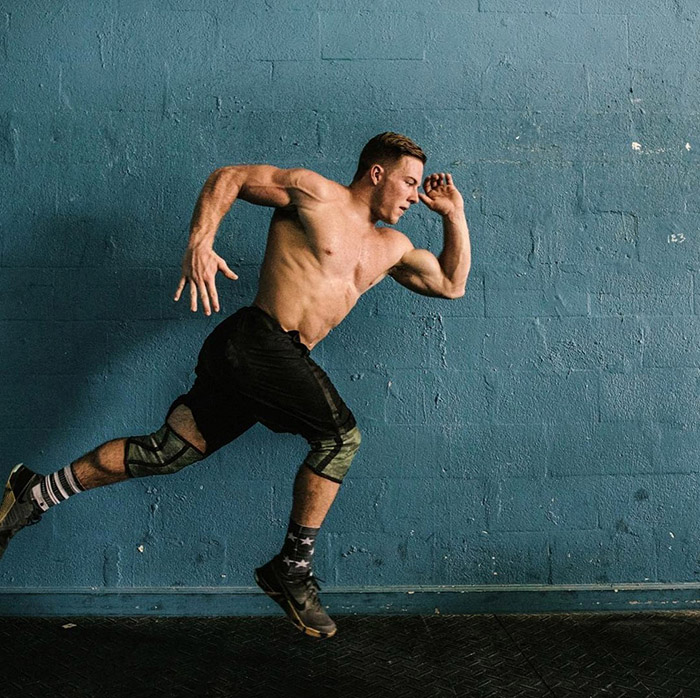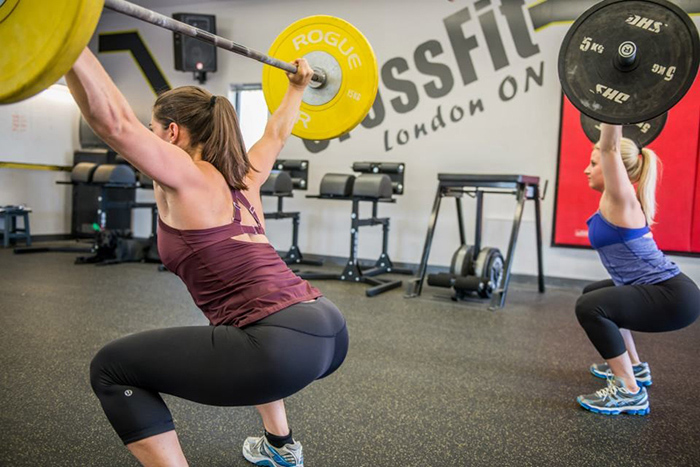It has finally happened. The Baby Boomer generation has now been placed second on the generational leaderboard. Where many companies shifted focus to elderly care and related products, this soon may be shifting to a new generation and with it, a time for more active products and services to take center stage.
Millennials have surpassed Baby Boomers as the nation's largest living generation, according to population estimates released by the U.S. Census Bureau. Millennials, whom we define as those ages 18-34 in 2015, now number 75.4 million, surpassing the 74.9 million Baby Boomers (ages 51-69). So what does this mean? Specifically for the Athletic Apparel and sports companies, it could mean a major shift in focus from traditional competitive activities like long distance running, to more strenuous and less formally competitive activities.

In fact, according to industry-funded research group Running USA, after two decades of furious growth in footrace participants, the number of finishers dropped 9% in 2015. A sport traditionally dominated by young adults, running is losing its hold on 18- to 34-year-olds. The focus now is on private studios and classroom style fitness routines. In fact, Piper Jaffray, which advises on deals in the fitness sector, says boutique chains have been adding new studios at a clip of 450% a year since 2010. This has resulted in a niche, which has become the fastest-growing part of the $22-billion-a-year U.S. health-club industry, according to the investment bank.
By the numbers, CrossFit could, in fact, be the largest fitness trend in the world right now. With 13,000+ gyms in more than 120 countries, CrossFit alone has begun rivaling branded outlets like Starbucks…there’s could literally be a CrossFit gym right around the corner from you as you read this. Putting this into perspective, its direct rival, Planet Fitness (NYSE:PLNT), has just 1,206 locations. So it’s no surprise that companies engulfed in this arena are vying for product placement.
Take for instance, LuLu Lemon Athletica Inc. (NASDAQ:LULU). This company has practically coined the phrase, “yoga pants”. But what was once a major fad (yoga) has now evolved into something much more. From boxing to ballet barre workouts, the athletic apparel maker is finding a niche in the alternative/non-competitive realm. But even the companies training shorts and tops have been designed to target the active lifestyles of CrossFitters & weekend weight trainers. Though the brand is known for higher prices, this too does play into the mindset of the Millennial. They tend to spend money on experiences rather than clothing and are picky about apparel in general. So the “athleisure” trend of choosing to wear athletic wear instead of jeans and a tee-shirt lends itself better to jumping right into an experience.

Consumers are increasingly unwilling to pay a premium for apparel with one exception: athletic apparel. "Consumers also appear willing to pay a premium for a product that performs better. This fits with our belief that consumers now value experience over material goods, as performance-based apparel is used in activities," Morningstar analyst Bridget Weishaar wrote.
Companies in the space are now focusing on incredible margins due to the desire for quality over price. Similar to LuLu, Exolifestyle, Inc. (OTCMKTS:EXOL), for example, has a brand of quality athletic apparel. It is spearheaded by two leading products designed for the new style of athletics. Their knee wraps and knew sleeves have been widely used for their quality construction and unique look but what should also be observed is the margins on these two products. Take the company’s knee sleeves. According to the corporate outline, these boast a margin of 77% and their knee wraps come in at margins of nearly 90%. These hold a delivered cost of $4.40 and carry a retail price of over $30.
The Exo Sleeves have brought the attention of CrossFit athletes like Elijah Muhammad, Noah Ohlsen, and Brooke Ence to name a few. In a recent corporate update, CEO Vaughan Dugan states, “We've identified an immediate opportunity within the CrossFit space, as the name alone represents a potential $4-Billion-dollar industry. EXO was born out of, and has grown from within the CrossFit community. Looking ahead, we will continue to strengthen and nurture the relationships forged within this industry but will also expand our reach. We've established key business-to-business customers and will be rolling out a planned growth strategy to capture a portion of the international fitness market, both inside and outside of CrossFit.”
Other companies that have been in this space for some time now are just beginning to figure out that active wear/athleisure/CrossFit segment. Nike Inc. (NYSE: NKE) recently reported fiscal 2017 financial results for its first quarter ended August 31, 2016 . Increases in global demand helped to drive double-digit currency-neutral revenue growth worldwide in the first quarter. North America saw 6 percent revenue growth. Revenues $9.1 billion, up 10% and international futures orders totaled $12.3 billion from the month of September through the beginning of 2017. This ends up being 5% more than orders reported for the same period last year; 7% higher on a currency-neutral basis.
2015 is when the athletic apparel giant became involved in the CrossFit craze. Competition from companies like Reebok prevented them from solely corning the market however. Reebok, a subsidiary of Adidas (OTCQX: ADDYY), inked a deal in 2011 with CrossFit, Inc. to become the official brand of CrossFit through the end of 2021. As the new decade approaches and the millennial generation continues to thrive, the race will surely be on to see who will end up taking the coveted spot for the next term.
Other notable, partial exposure companies to this new niche have also revealed themselves in several traditional apparel outlets. Look at companies like Old Navy, a subsidiary of Gap Inc. (NYSE: GAP), who has put together its own line of activewear. Though the overall quality may not be that of a LuLu or Nike, the low prices have helped spur continued growth for the company’s athletic line to now include compression gear. The company’s recent style rebirth has seen the low cost clothing manufacturer bring on the likes of accessories and bag designers from Coach, athletic wear designers from Nike and Reebok, and even the men’s apparel director from North Face.
Other stores like Nordstrom (NYSE: JWN), Bloomingdales (owned by Macy’s Inc. (NYSE: M), and even Equinox, which all carry the Rhone brand of athletic apparel being widely accepted by this new generation. In a statement to Forbes, Rhone co-founder and CEO Nate Checketts said, “We’re incredibly excited about the growth of the brand and what this [new round of] financing allows us to do in terms of expansion. While we’ve made great strides over the last two years, more than anything we’ve learned a great deal about what our target audience wants in a premium active wear product.”
Though the company is still private, it hasn’t prevented them from raising money. With the closing of a $5 million Series A financing the private brand was able to secure investment from some of the “who’s who” of influential sports, media and fashion investors including Steve Bornstein, Former Chairman, President and CEO of ESPN; David Stern, NBA Commissioner Emeritus, and even Shane Battier, former NBA player and captain of Duke University’s 2001 NCAA championship team.
With growth on the near and mid-term horizons, these brands in particular continue to focus on the expansion that the millennial generation has seen. Sports like Weight Lifting, CrossFit, Yoga, and even ballet are quickly taking the place of traditional running and aerobics that previous “70’s & 80’s” generations saw 30-40 years ago. This leads to an entirely new outlook on the sports apparel industry with many more developments surely to be realized in the coming years.
Legal Disclaimer/Disclosure: A fee has been paid for the distribution of this document. This document is not and should not be construed as an offer to sell or the solicitation of an offer to purchase or subscribe for any investment. No information in this document should be construed as individualized investment advice. A licensed financial advisor should be consulted prior to making any investment decision. We make no guarantee, representation or warranty and accept no responsibility or liability as to its accuracy or completeness. Expressions of opinion are subject to change without notice. We assume no warranty, liability or guarantee for the current relevance, correctness or completeness of any information provided within this Report and will not be held liable for the consequence of reliance upon any opinion or statement contained herein or any omission. Furthermore, we assume no liability for any direct or indirect loss or damage or, in particular, for lost profit, which you may incur as a result of the use and existence of the information, provided within this Report.